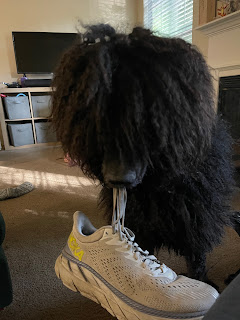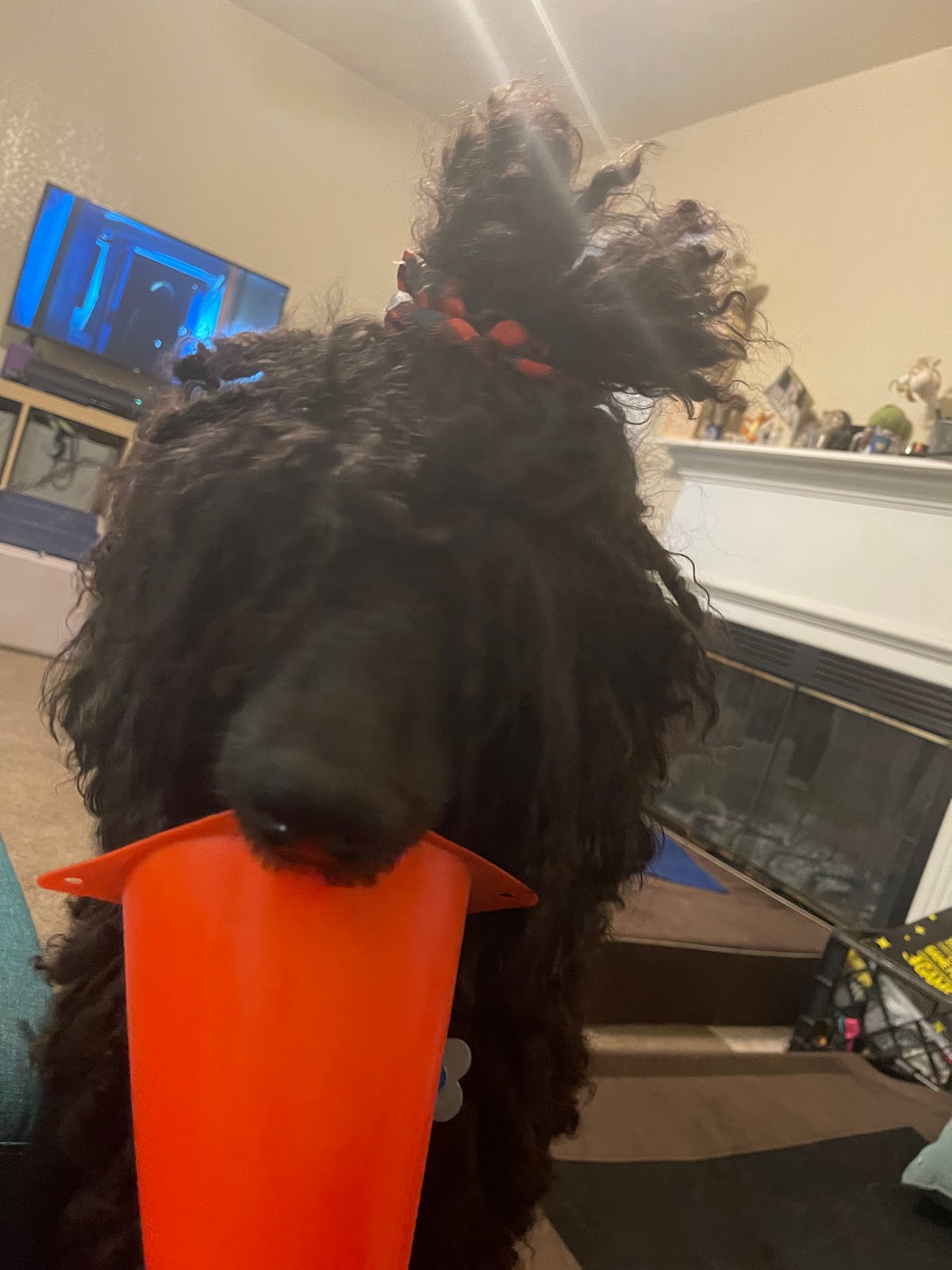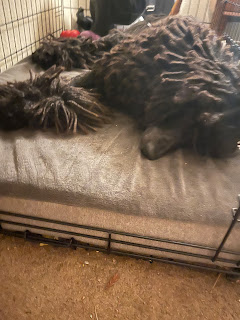This may be controversial, leaving your service dog at home for the holidays. It’s something that should be discussed. There are reasons to take your service dog almost everywhere. There are also reasons to leave your service dog home.
Family Dynamics
Family dynamics can be challenging during the holiday season without adding in disability and service dogs. Families tend to either think someone with a disability is incapable of doing anything on their own, and cause issues by “helping” in ways that aren’t helpful, or completely ignoring the disability and need for accommodation to be made.
My own family can be challenging for me under the best of circumstances. They don’t believe I’m disabled, even though my doctors and the federal government say I am. They don’t think I need the devices I need to mitigate my disability. This includes my service dog, Nick.
Some of Nick’s tasks aid me in maintaining my balance. These tasks range from providing both visual and tactile feedback so I don’t fall to picking things up from the floor/ground so I don’t worsen my vertigo. My vertigo is a direct result of significant damage to my visual cortex from a significant brain injury.
Because this deficit cannot be seen with the untrained eye, it’s not acknowledged by my family. It’s severe enough that I cannot drive or even ride my bicycle. Walking without falling or staggering can usually be managed in a familiar, predictable setting. Loud noises, bright lights, crowded rooms with multiple conversations, and too much external stimulation in general, make my symptoms worse. Add in PTSD from a previous abusive relationship, and holiday get togethers become almost impossible to tolerate.
Family Pets
I’ve normalized not brining Nick to family events because the stress of family reactions is too much for me. My mother insists he’s just a “pet” and needs to be relegated to play with her dog rather than help me. I’d rather not have Nick around that dog because it’s always over aroused and Nick then tends to become over aroused.
Rather than letting Nick settle on a mat or near my feet, two skills he excels at, he would be made to stay outside during meal time. This doesn’t allow him to help me while I’m getting my food, or during the meal. Generally he gets worried because he can’t see me, he’s in an unusual environment, and with an over aroused dog.
Children
For the most part, I only occasionally have children in my life. None of my friends have kids, my kids are grown and don’t have children, and my neighbors don’t have children. For the most part, the only time we encounter children is when we’re out in public. My nieces do attend family events and currently have toddlers. The only time we see them is family events. While Nick generally ignores children when we’re out in public, and my nieces are really good at watching their children, I don’t feel it’s necessary to subject to kids in this situation.
The Hosts
A person’s home is not a place of public accommodation and the host isn’t obligated to invite a person’s service dog. Generally, I don’t go places where Nick isn’t invited. The exception would be a good friend’s home that wouldn’t appreciate Nick, especially if I had the option of a service human being available to help me. I’d rather be asked “Why didn’t you bring Nick?” rather than impose him where he’s not wanted.
The Dog
The single biggest reason to leave your service dog home would be for the dog’s benefit. We all deserve a day off, including the dog. Staying home in a quiet environment with a chew may be preferred by the dog rather than dealing with holiday distraction. Every handler should have a plan in place to deal with the times a dog cannot or should not be working. If I leave Nick home, alone, he’s left in his crate with something rewarding and appropriate to chew. He usually just sleeps in his crate. This is something I appreciate.
I’m sure I’ve overlooked some reasons that you may want to leave your service dog home for the holidays. If you choose this option, for whatever reason, do not let anyone make you feel uncomfortable for your choice. A service dog is just one of many ways to mitigate a disability. It’s also okay to decline an invitation.














